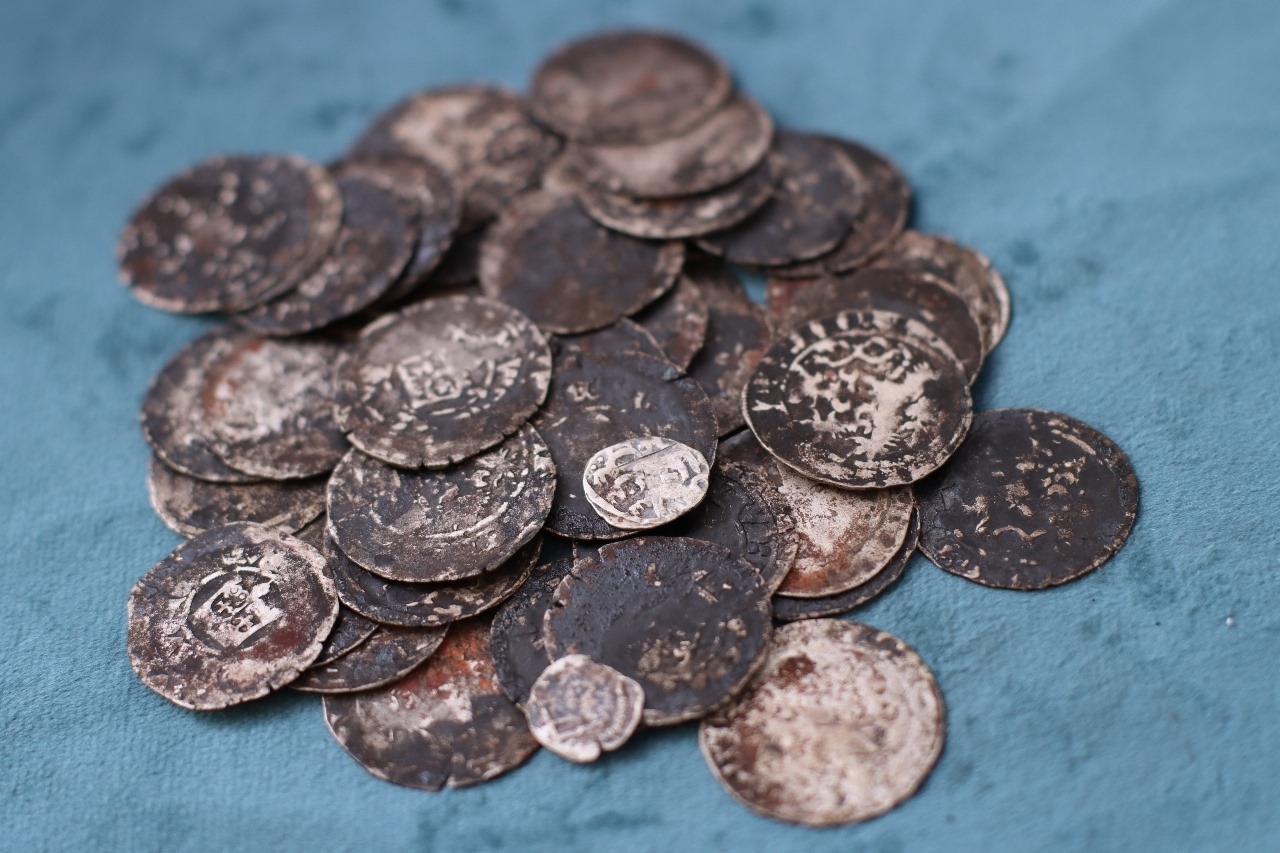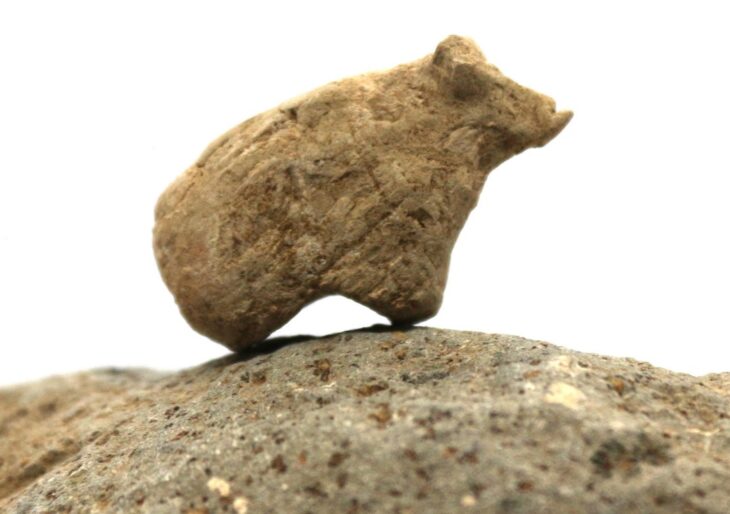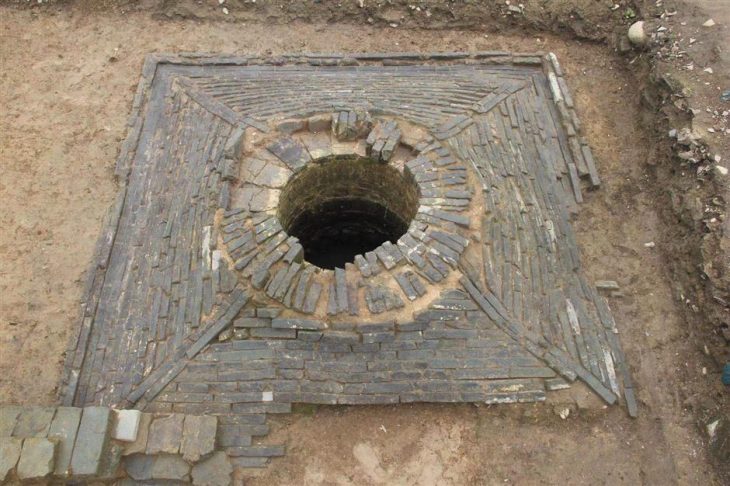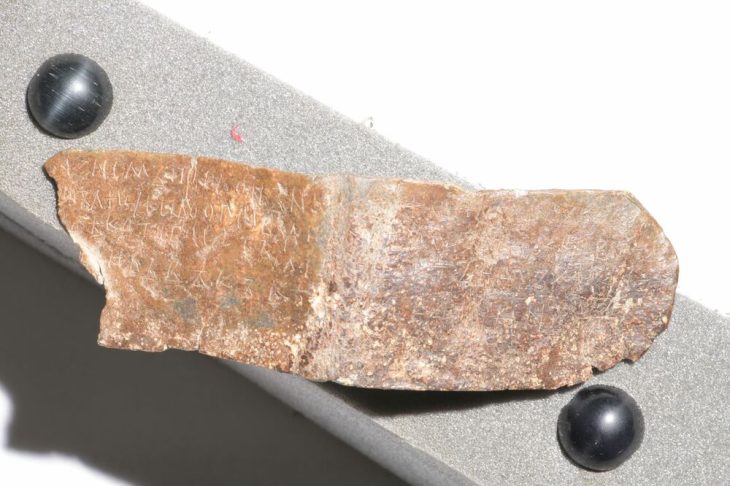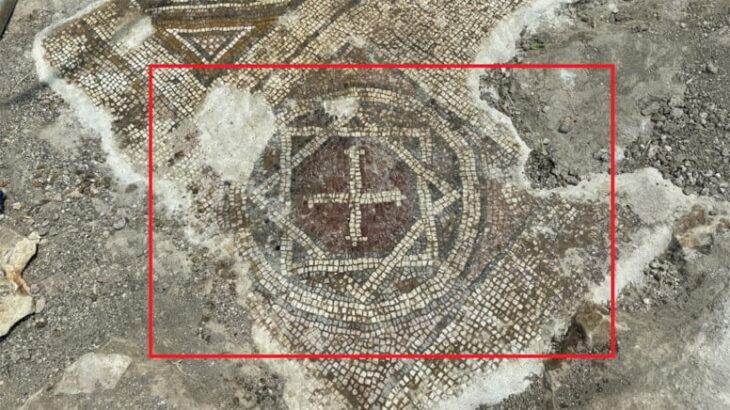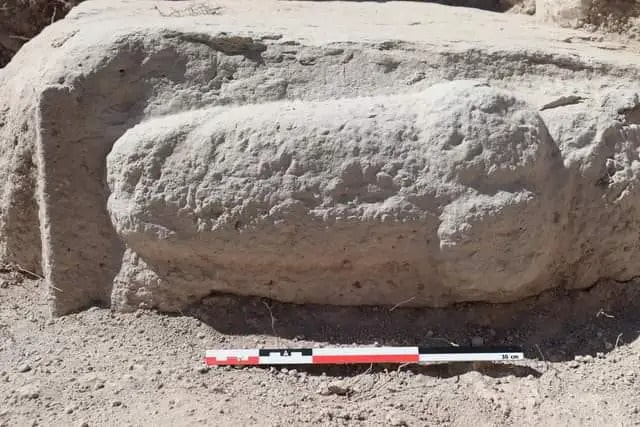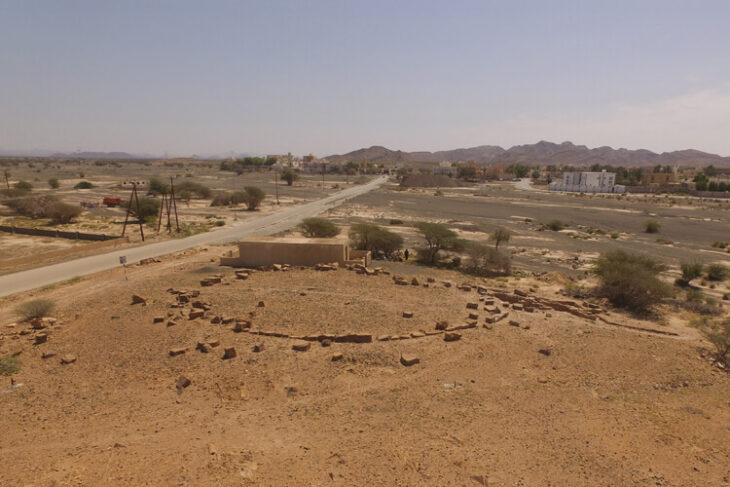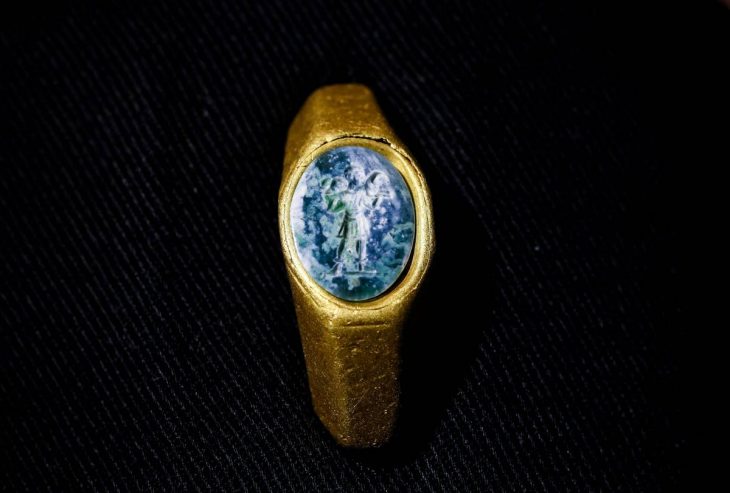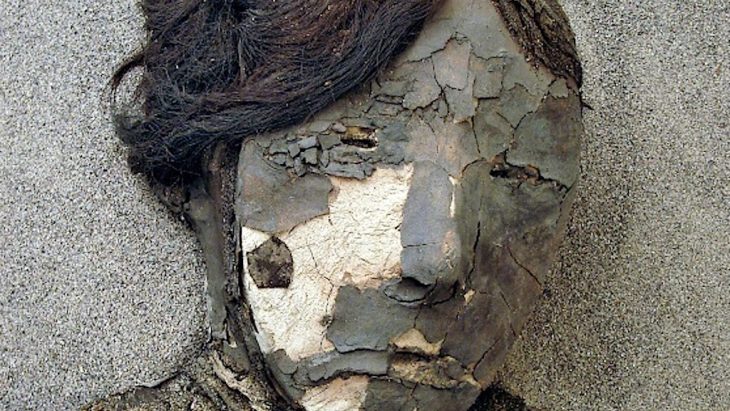Smolensk archaeologists uncover 48 medieval silver coins, including Prague groschen — widely known as the ‘Dollar of the Middle Ages’ — a Lithuanian denarius, and a Crimean dang, shedding light on Eastern Europe’s monetary networks in the early 1400s.
Archaeologists in Russia’s Smolensk region have unearthed an exceptionally rare medieval treasure: a hoard of 48 silver coins dating back more than 600 years to the early 15th century. The discovery, made during routine construction works on Sobolev Street, marks only the second hoard from the era of the Grand Duchy of Lithuania ever documented in the city. Experts say the find is of extraordinary importance, both for Russian archaeology and the broader study of medieval Eastern European trade.
The find in Smolensk
The coins were discovered inside a technological shaft during excavation work for a new water pipeline. According to the Smolensk expedition team of the Institute of Archaeology of the Russian Academy of Sciences, the hoard had been deliberately hidden in the 1420s—a turbulent period when Smolensk stood at the crossroads of competing powers: the Grand Duchy of Lithuania, the Grand Duchy of Moscow, and the Golden Horde.
Most of the 48 silver coins turned out to be Prague groschen, one of the most widely circulated currencies of medieval Europe. Minted after the monetary reform of King Wenceslas II of Bohemia in 1300, the groschen quickly became a trusted international coinage, circulating across Central and Eastern Europe well into the 15th century.
Alongside these were two particularly significant coins: a denarius of the Grand Duchy of Lithuania, struck during the reign of Vytautas the Great (1392–1430), and a Crimean dang minted around 1420 under Khan Beg-Sufi of the Golden Horde’s Crimean ulus. The presence of these three distinct monetary traditions in one small hoard highlights the intense commercial and political interactions that characterized the early 1400s.
📣 Our WhatsApp channel is now LIVE! Stay up-to-date with the latest news and updates, just click here to follow us on WhatsApp and never miss a thing!!

Prague groschen: the Dollar of the Middle Ages
The Prague groschen was minted from nearly pure silver extracted from the Kutná Hora mines in Bohemia, one of Europe’s richest deposits at the time. Each coin weighed about 3.5 grams and was widely trusted for its consistent silver content. Historians often describe the groschen as the “dollar of the Middle Ages,” since it was accepted from the Baltic to the Balkans. Its dominance made it a key driver of regional trade, including exchanges involving Smolensk merchants, who were active on routes between the Baltic ports, Novgorod, and the Black Sea.
The Lithuanian denarius and the Column symbol
The Lithuanian denarius included in the hoard bears the heraldic emblem known as the Columns of Gediminas, one of the earliest dynastic symbols of the Grand Duchy of Lithuania. On the reverse, it displays a spear topped with a cross, emphasizing Vytautas’s authority and Christian legitimacy at a time when Lithuania was consolidating power as one of the largest states in Europe. The denarius was a small change coin, typically weighing less than a gram, but its presence in Smolensk confirms the city’s integration into the Lithuanian monetary sphere during Vytautas’s reign.
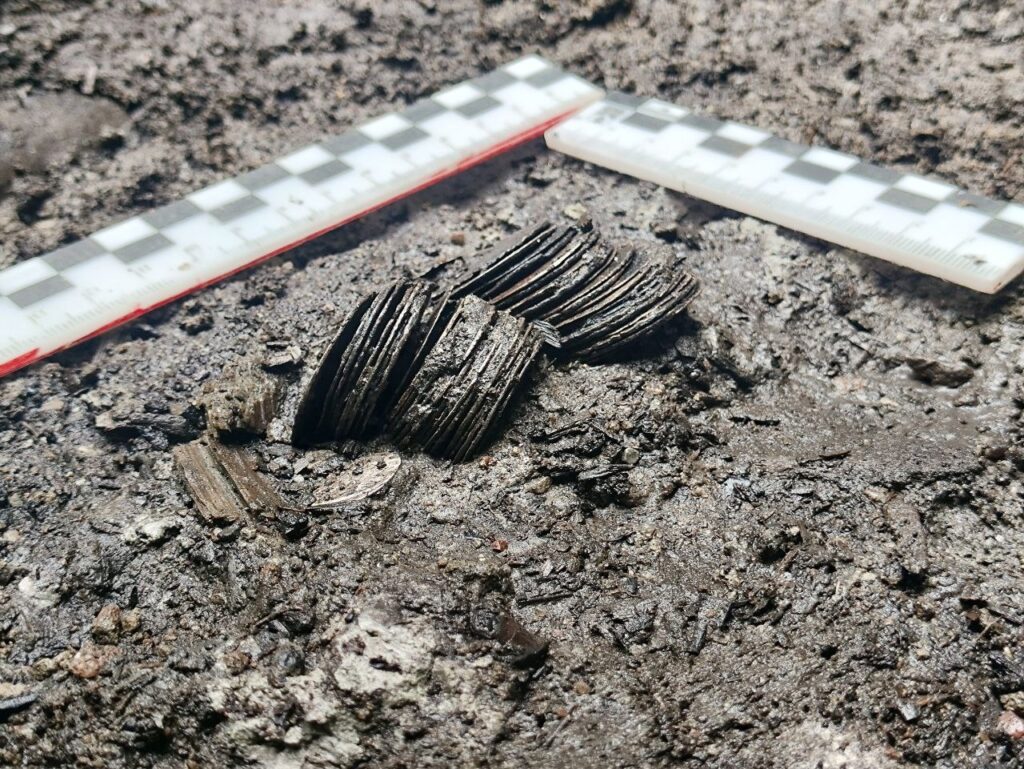
A Crimean link: the dang of Beg-Sufi
Perhaps the most surprising element of the hoard is the inclusion of a Crimean dang. Minted in the early 15th century, this coin carries the name of Khan Beg-Sufi, who ruled a Crimean branch of the Golden Horde from 1419 to 1421. Dangs were fractional silver coins, commonly used across the steppe and Black Sea trade hubs. Its presence in Smolensk suggests active trade contacts linking Lithuanian-controlled territories with Crimean ports such as Kaffa (modern Feodosiya), which were crucial for the export of grain, wax, and furs.
Why the hoard was hidden
Archaeologists believe the hoard was buried during political instability in the 1420s, when Smolensk’s allegiance was contested between Lithuania and Moscow. Hiding wealth in small earthen or wooden containers was common practice during times of unrest, with the hope of retrieving it once stability returned. In this case, the owner never came back.
Historical significance
The Smolensk hoard is only the second Lithuanian-era treasure ever documented in the city. The first, discovered in 1988, weighed over 12 kilograms and consisted entirely of silver coins—making it one of the largest medieval hoards ever found in Russia. By contrast, the new discovery is modest in size but remarkable for its diversity, featuring coins from three distinct political entities: Bohemia, Lithuania, and the Crimean Khanate.
Such finds provide crucial insights into medieval Smolensk as a hub of trans-regional exchange. They illustrate not only the circulation of wealth but also the overlapping spheres of influence—Lithuanian, Muscovite, and steppe—that shaped the city’s destiny in the 15th century.
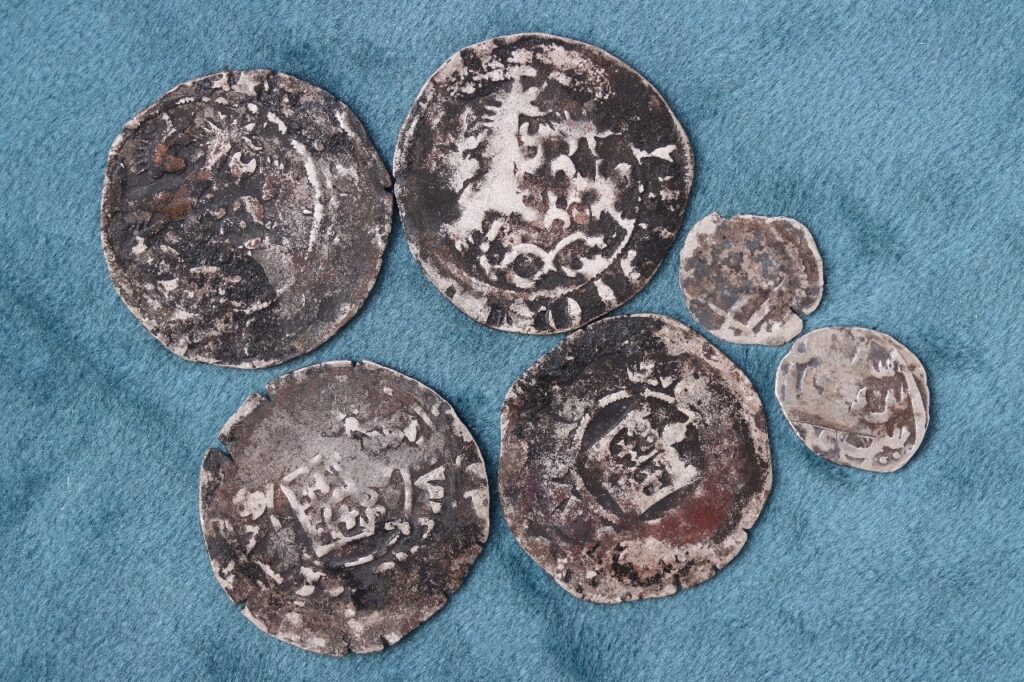
Looking ahead
Excavations in Smolensk are ongoing, and archaeologists believe further discoveries may follow. “Finds like this remind us how deeply interconnected medieval Eastern Europe was,” the expedition team noted. “Coins, even when small, can tell us entire stories of politics, economy, and cultural exchange.”
Institute of Archaeology of the Russian Academy of Sciences
Cover Image Credit: Members of the Institute of Archaeology of the Russian Academy of Sciences (IA RAS) expedition reported this unique find on VKontakte. Credit: IA RAS / VKontakte

